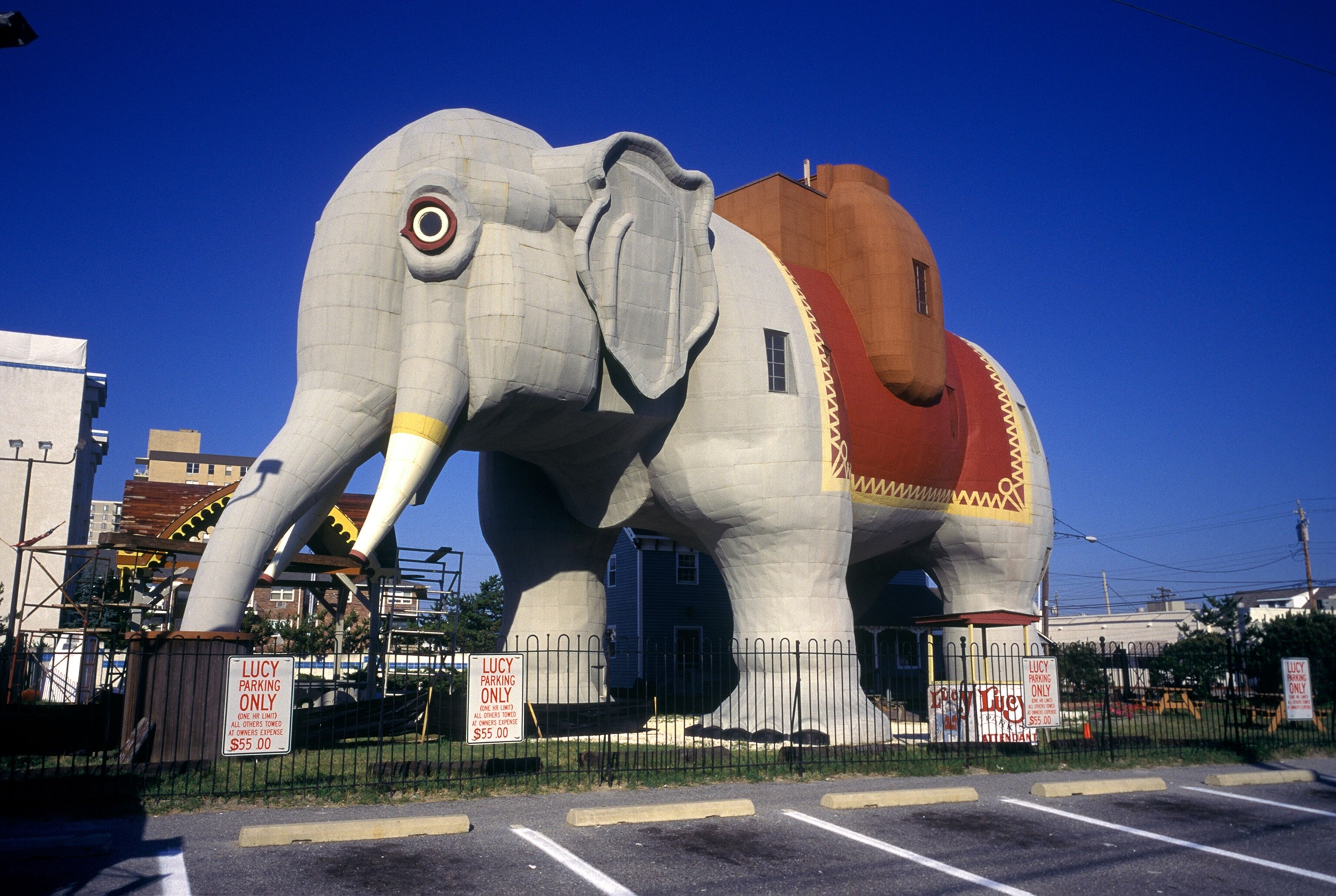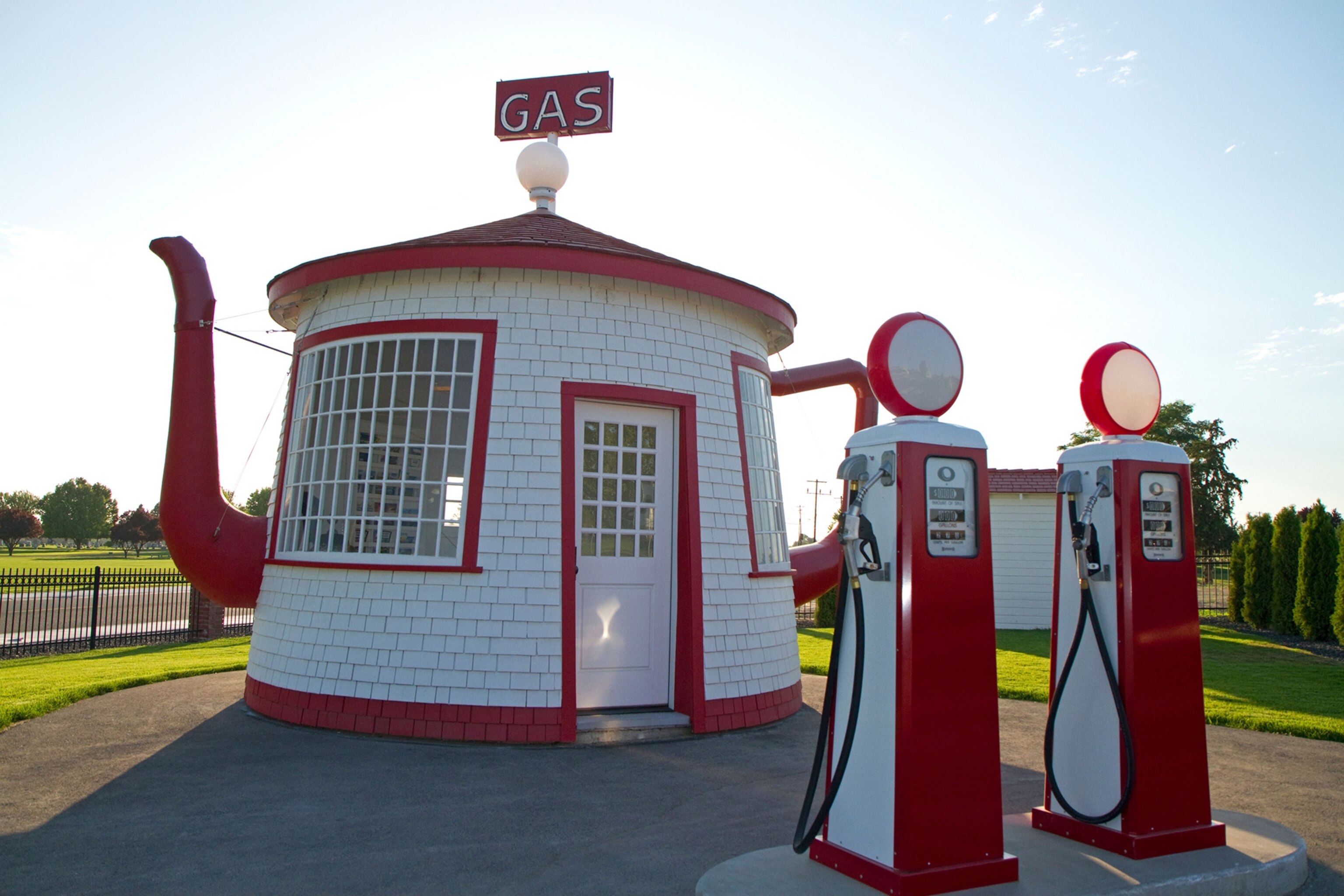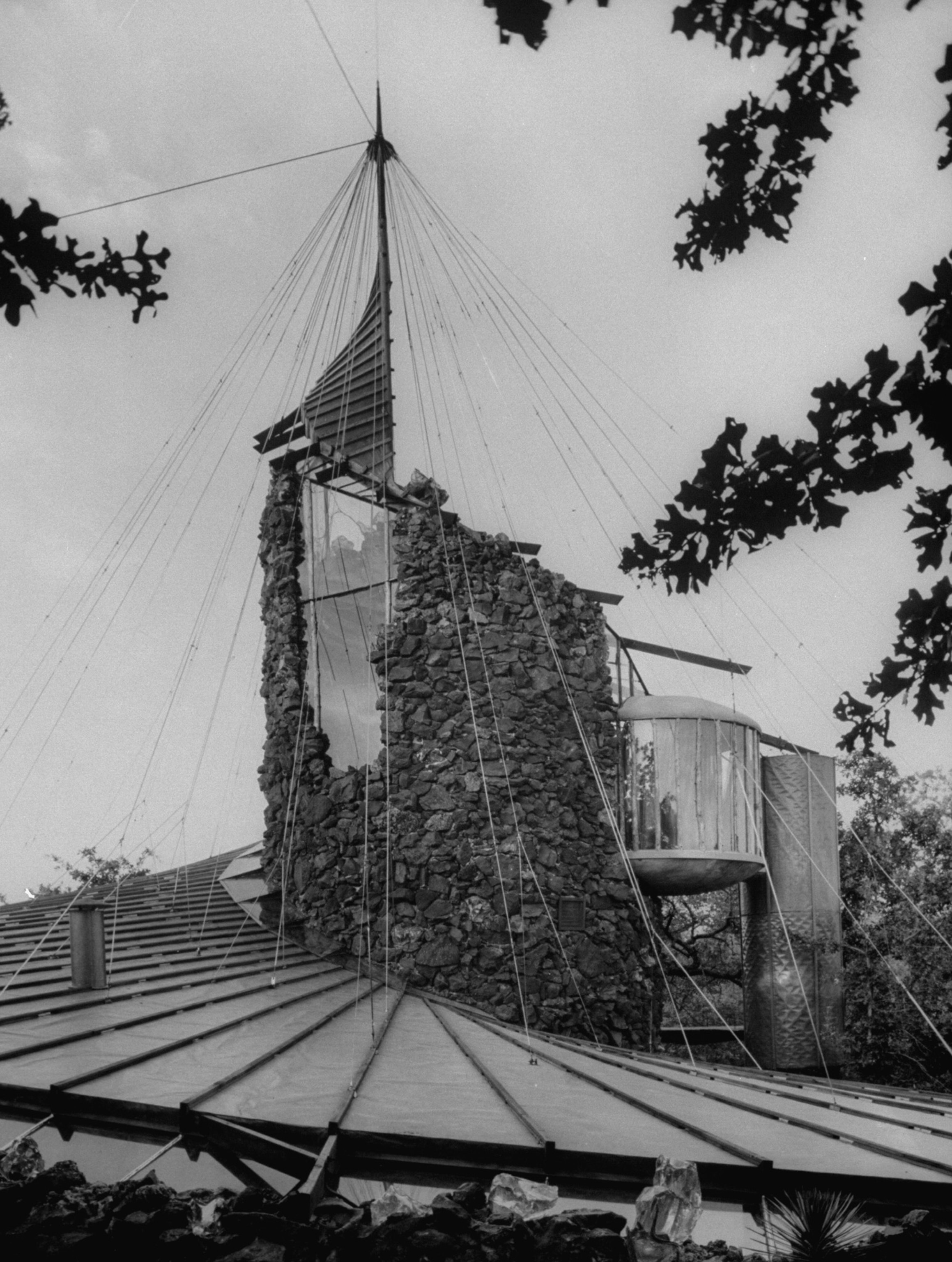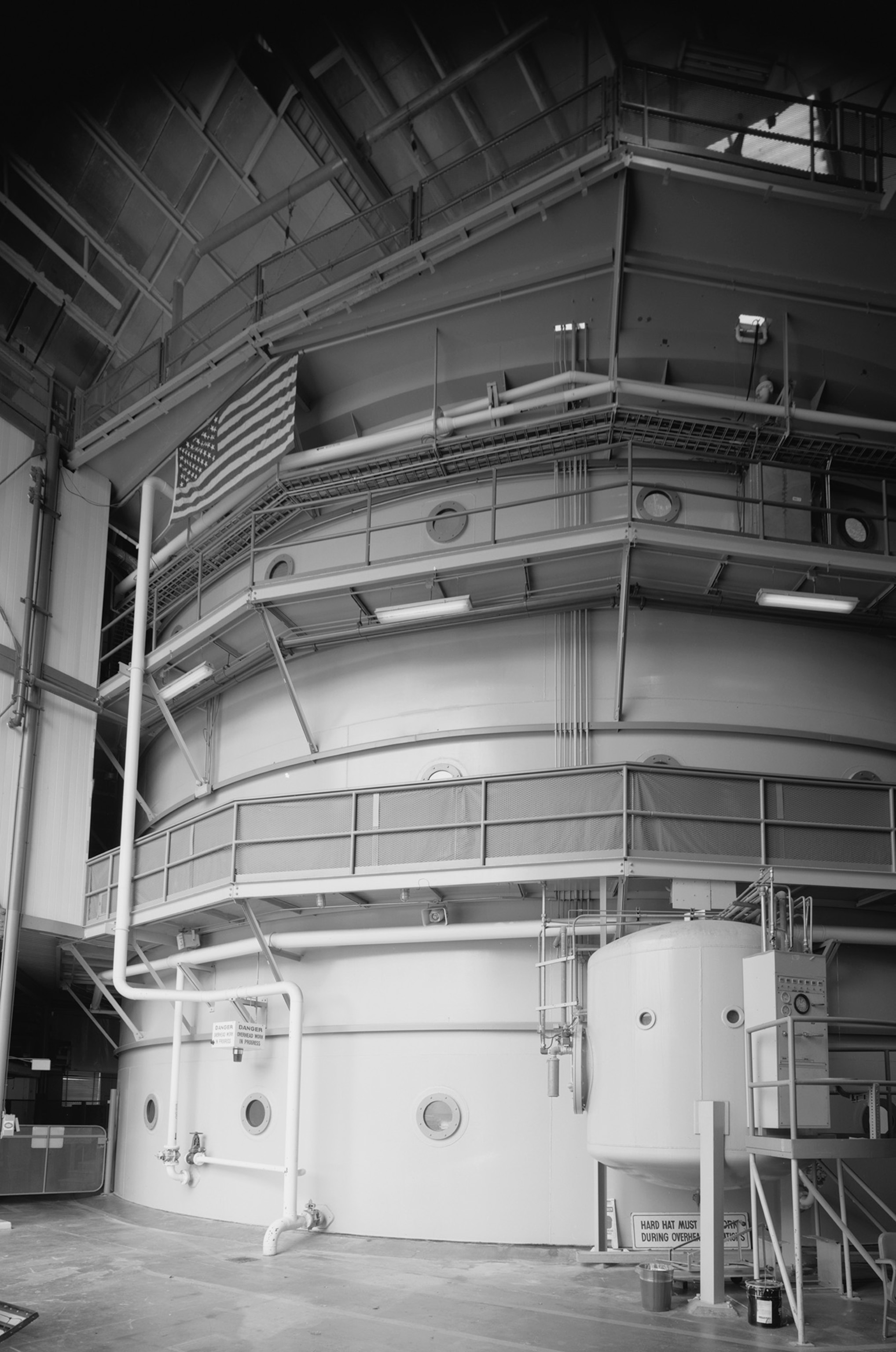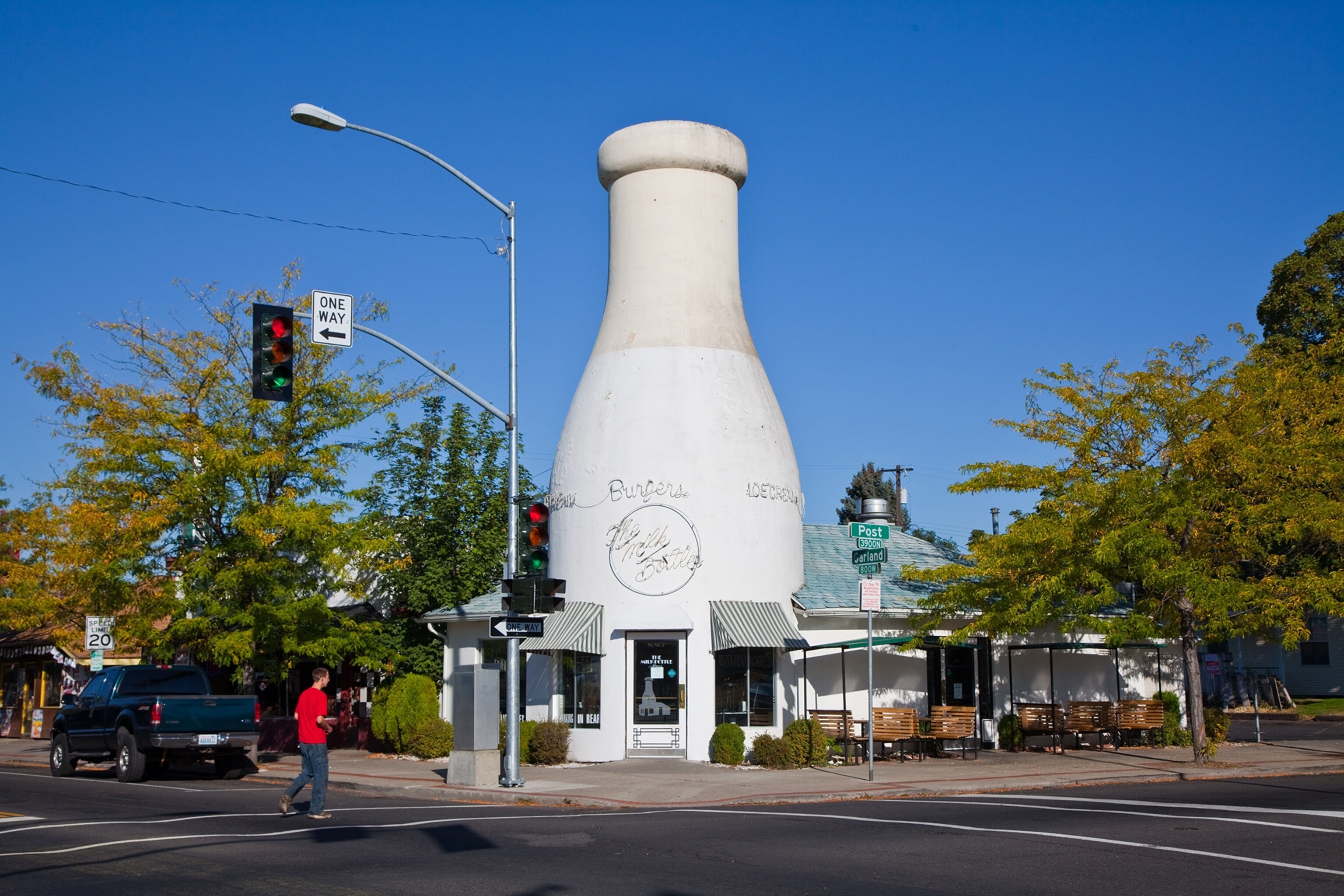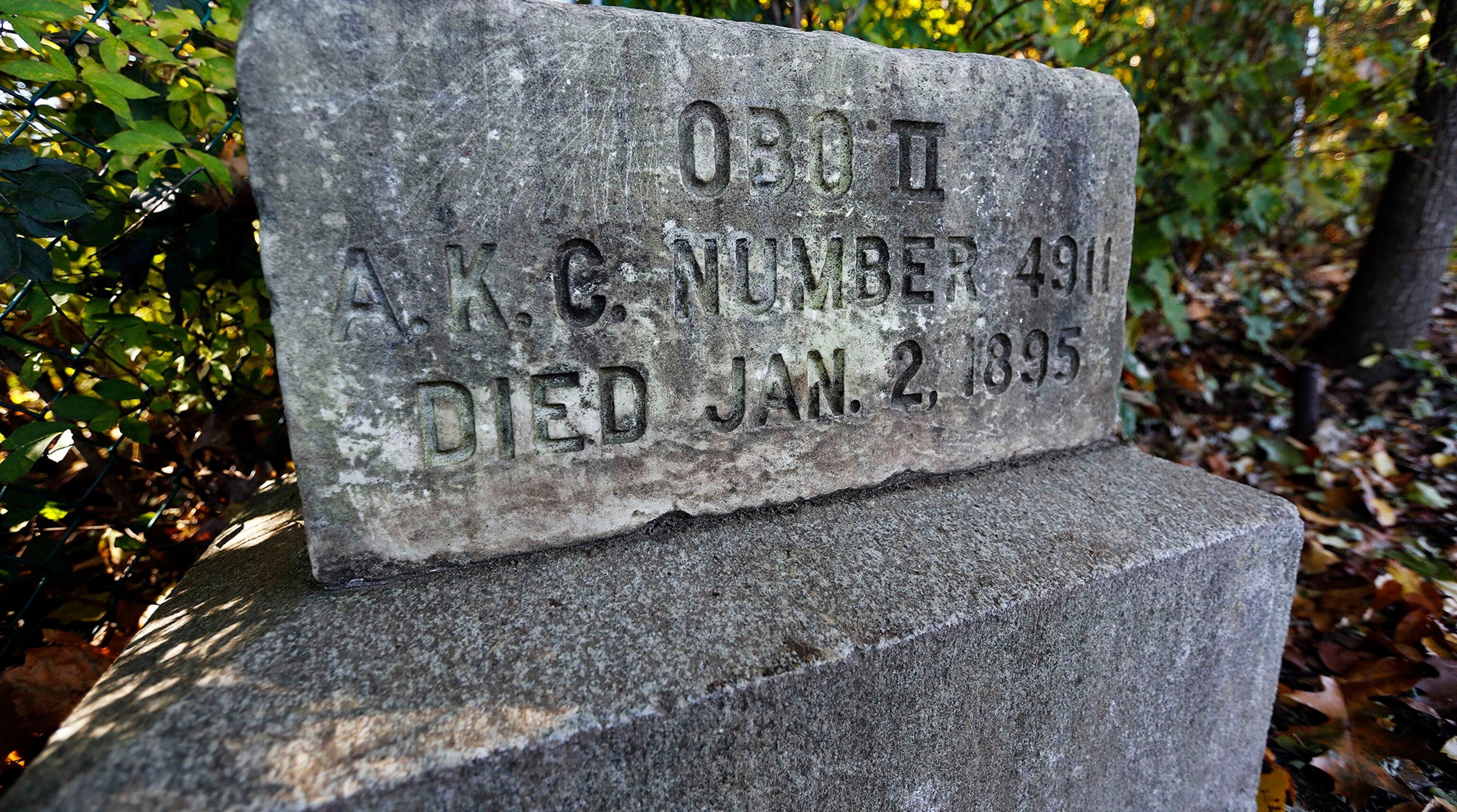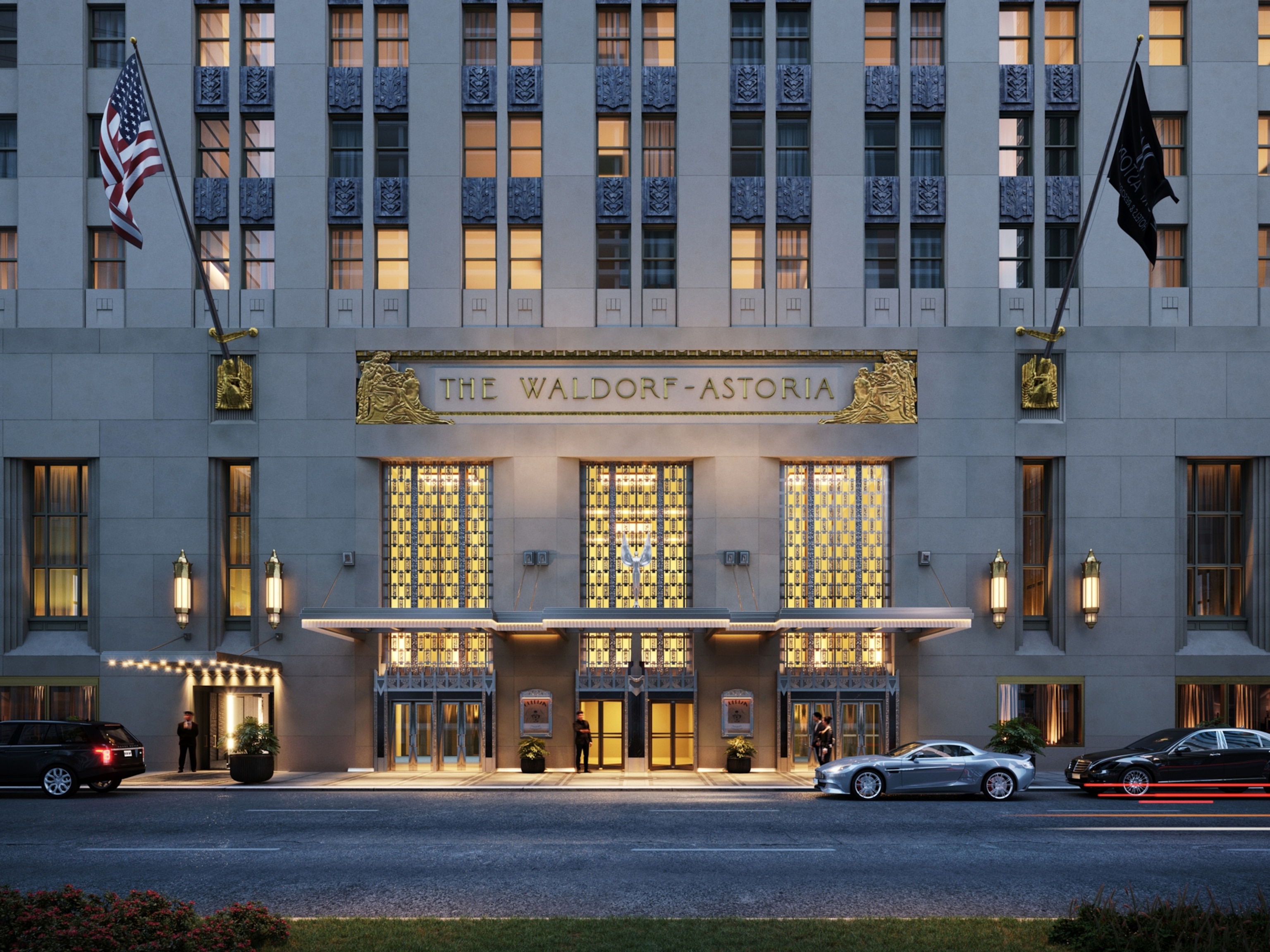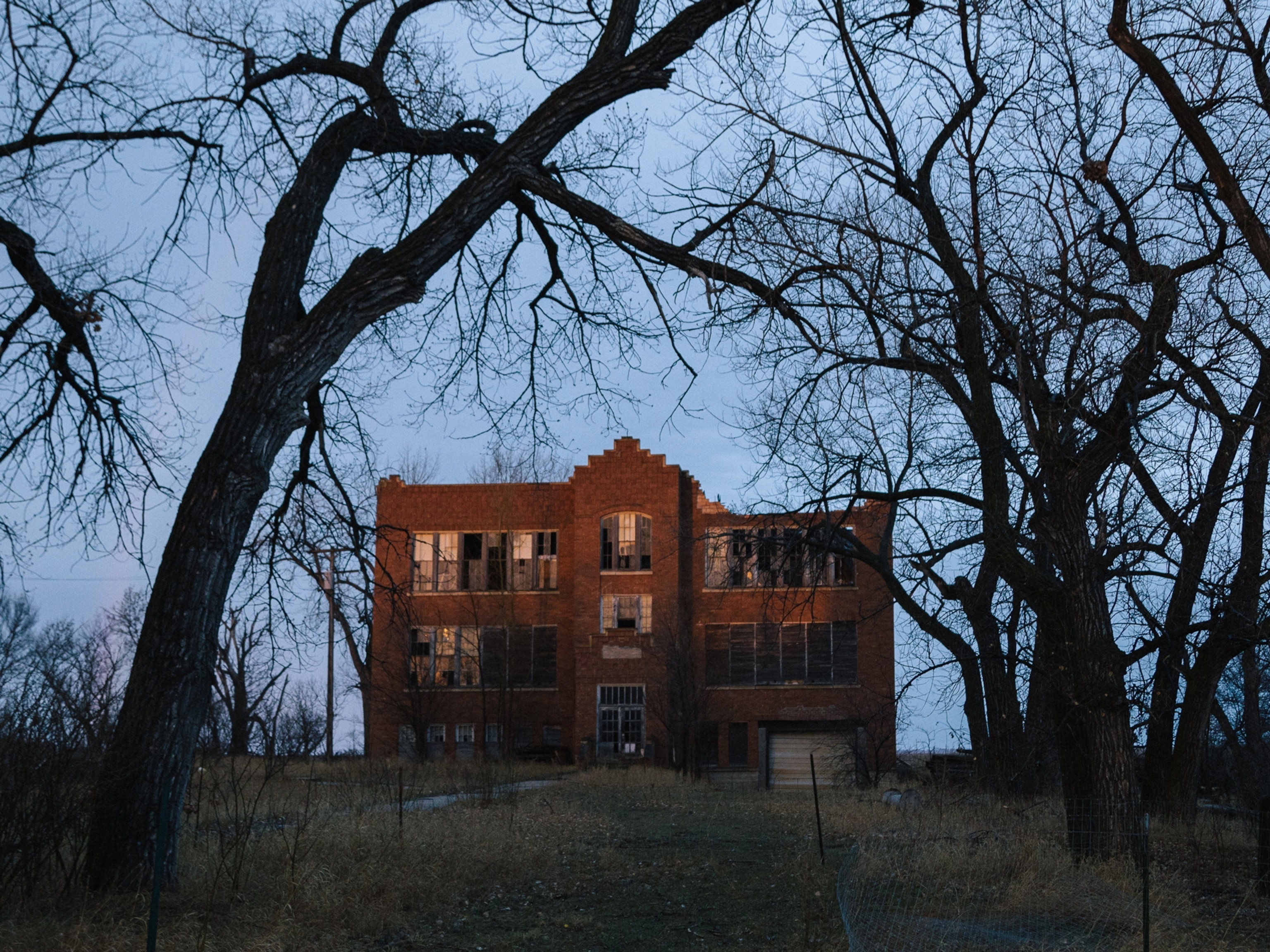From Whimsical to Indispensable, Some of Our Favorite Historic Buildings
The 50-year-old National Historic Preservation Act has uniquely shaped the United States’ cities and towns.
The cast-iron facades of SoHo in New York City are an iconic backdrop seen in countless movies and TV shows. A building shaped like a coffeepot greets anyone with a reason to drive through Bedford, Pennsylvania, on Highway 30. And in New Hampshire, schoolchildren gather at the grave of the first American cocker spaniel.
These sites differ in their architectural flair and historical significance, but they share a common bond: The United States government deems them worthy of preservation. They are among the more than 90,000 entries on the National Register of Historic Places, which was established with the signing of the National Historic Preservation Act on October 15, 1966.
And while it may seem odd to declare some of these places historic, the sites are in line with the act’s goal of preserving the history and culture of the United States, whether that’s the colonial era or the time before interstates, when roadside attractions like the coffeepot were built to lure in passing motorists. Each entry is a reminder not just of what places used to look like, but of how people lived, and how the country has changed.
“The National Historic Preservation Act has truly been a revolutionary piece of legislation for the built environment of the United States,” says Stephanie Meeks, president of the National Trust for Historic Preservation.
There had been preservation efforts before the act was signed, and states and cities often tried to protect their history. But in the mid-1960s, cities were more often being shaped not by the past, but by leaders’ hopes for the future. The Interstate Highway System was connecting population centers, and urban renewal programs were being implemented to fight blight.
“What that often meant was bulldozing historic districts and iconic structures to make way for superstructures and shiny new buildings,” Meeks says.
The act itself doesn’t stop anyone from tearing down buildings. Rather its benefit is in making sure preservationists have “a seat at the table” in planning discussions. The act does this by creating a framework for declaring buildings historical, requiring state-level preservation offices, and stipulating that all federally funded projects that impact historic property undergo a review.
“When we recognize and honor the history around us, it will engender more of a conversation on the future of a building,” Meeks says.
That conversation isn’t always pleasant. “Sometimes there’s too much drama when a [construction] project is announced and it involves a historic building that may or may not be on the list,” says Greg Fischer, the mayor of Louisville, Kentucky, a city with thousands of listings on the National Register.
Tax incentives were established in the 1980s to encourage the rehabilitation of historic buildings, and the Trust has put out a report saying historic buildings help women and minority business owners, and contribute greatly to economic development. But Fischer says developers often find it more cost-effective to demolish, rather than preserve. At times, the city has allowed that. Other times, it’s worked to keep all or part of a building in place. Fischer says fitting the old and the new together is a puzzle, but it’s worth solving.
“I look at preservation like I do the arts. It’s the soul of the city,” Fischer says. “It communicates not only where it has been but where it’s going as well.”
Sites can be nominated for the National Register of Historic Places if they meet certain criteria to prove their historic merit. Browsing through the register offers a glimpse at not only the scope of U.S. history, but also to our collective memories. The places people hold dear and want to preserve range from a giant elephant that’s become a local landmark, to a phone booth that represents a vanishing era in communications, all the way to the courthouse where the Dred Scott case was heard. All say something about the past and the way people want to remember it.
